Bachelor’s, Master’s Statistics and Biostatistics Degree Growth Strong Through 2016
Steve Pierson, ASA Director of Science Policy
Bachelor’s and master’s degrees earned in statistics and biostatistics continue their strong growth while doctoral degrees are up only a couple percent from 2015 to 2016. According to the latest preliminary data release from the National Center for Education Statistics, bachelor’s degrees grew 19% to 2,790 (32 of which are for biostatistics) and master’s degrees increased 14% to 3,906 (657 for biostatistics), as seen in Figure 1. Doctoral degrees increased by 12 to 592 (190 for biostatistics). Figure 2 shows the comparable data for only biostatistics degrees.
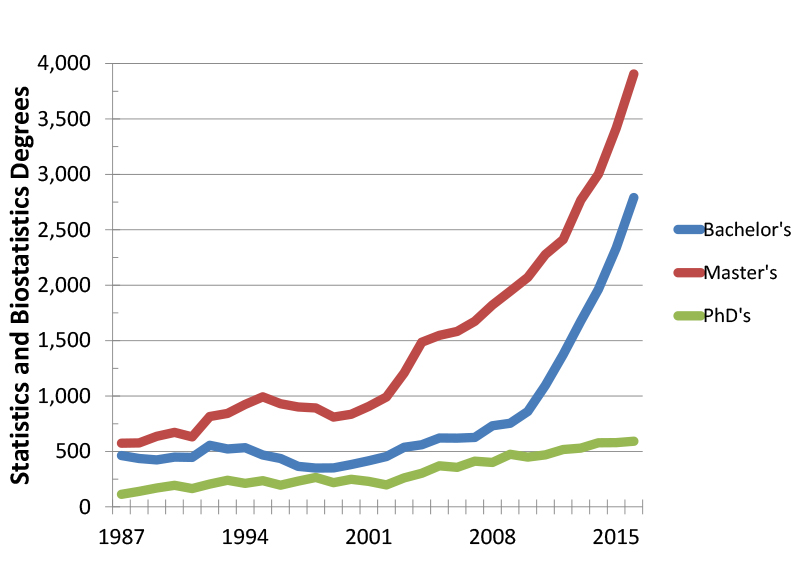
Figure 1: Statistics and biostatistics degrees at the bachelor’s, master’s, and doctoral levels in the United States
Data source: NCES IPEDS.
Accompanying this growth is an increase in the number of universities granting bachelor’s degrees in statistics (from 114 to 126) and master’s degrees in biostatistics (55 to 60), with smaller or no increases for other degrees, as seen in Figures 3 and 4. After all-time highs in 2014 for the number of universities granting doctoral degrees in statistics (67), the 2016 number is 63.
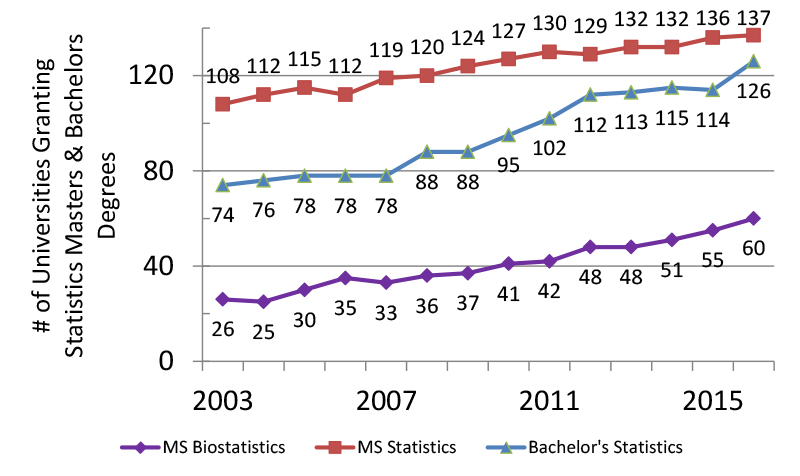
Figure 3: The number of universities granting statistics and biostatistics master’s and bachelor’s degrees
Compiled from NCES IPEDS data.
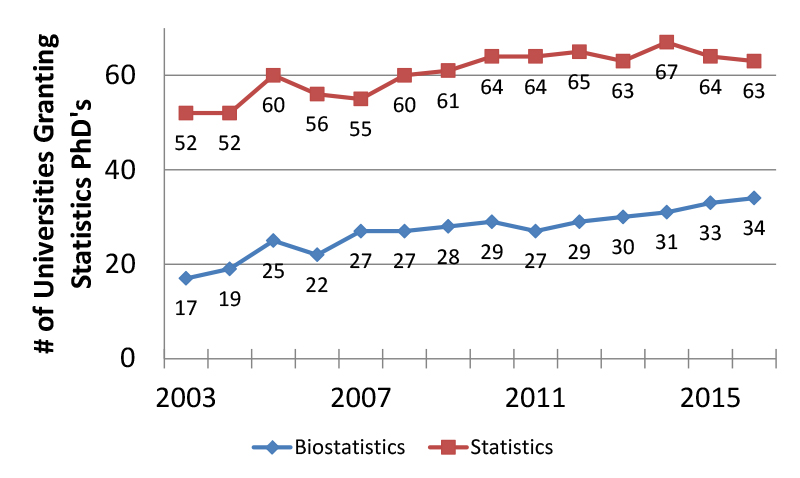
Figure 4: The number of universities granting statistics and biostatistics PhDs
Compiled from NCES IPEDS data.
There are many universities granting statistics and biostatistics degrees for the first time (at least since 2003) in 2016:
- Bachelor’s degrees in biostatistics: Brigham Young University-Idaho
- Bachelor’s degrees in statistics: Bryant University, Carroll University, Eastern Washington University, New Jersey Institute of Technology, Roosevelt University, University of Nebraska at Kearney, University of Nevada-Las Vegas, and West Virginia University
- Master’s degrees in statistics: Boston University and Eastern Kentucky University
- Master’s degrees in biostatistics: George Mason University, Icahn School of Medicine at Mount Sinai, University of Georgia, University of North Texas Health Science Center, and University of Toledo
- PhD in biostatistics: Louisiana State University Health Sciences Center and University of Arizona
The top degree-granting institutions over the last five years are in the following tables for all categories except biostatistics bachelor’s degrees.
Tables 1–5: Top five universities granting statistics and biostatistics degrees for 2011–2015
Demographics
It has been the practice in these articles to alternate demographics updates. Last year’s update, which was based on 2015 degree data, had figures for the percentage of statistics and biostatistics degrees earned by non-resident aliens and race and ethnicity data for degrees granted to US citizens or residents.
Figures 5–7 show the percentage of degrees earned by women over time by degree level for combined statistics and biostatistics, statistics only, and biostatistics only. It appears the percentage of PhDs earned by women has declined modestly in recent years, while the same percentage for bachelor’s degrees has rebounded to prior levels.
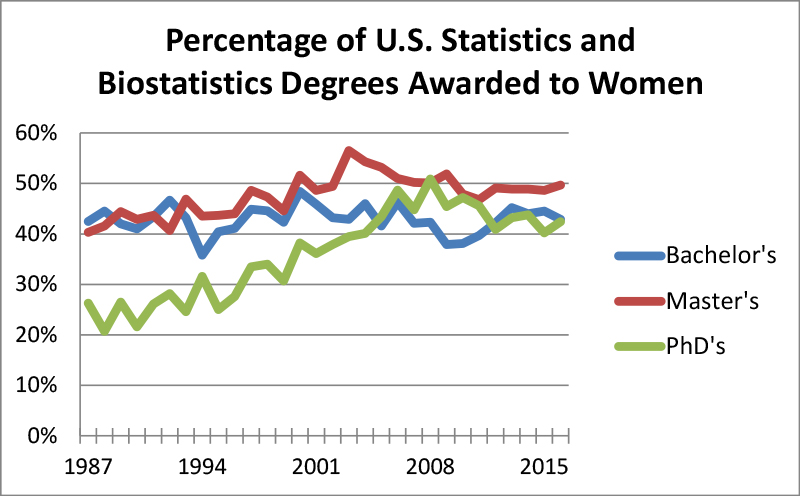
Figure 5: Percentage of statistics and biostatistics degrees awarded to women by degree level for 1987–2016
Data Source: NCES IPED
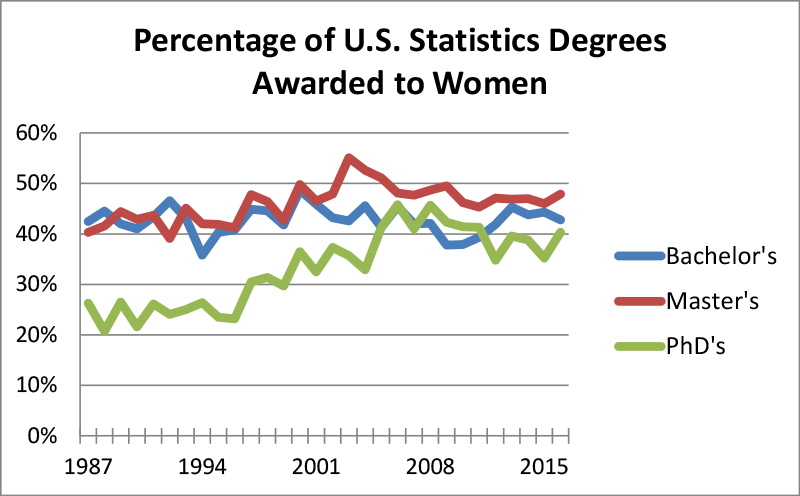
Figure 6: Percentage of statistics degrees awarded to women by degree level for 1987–2016
Data Source: NCES IPED

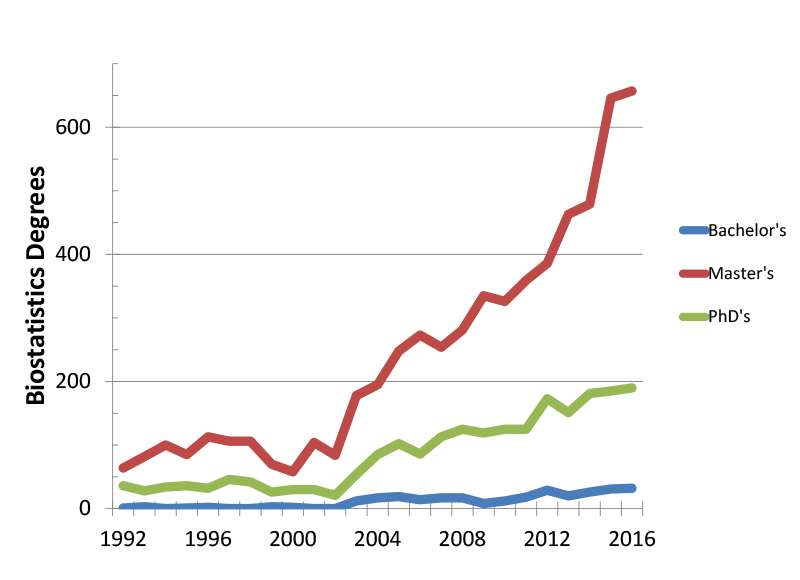

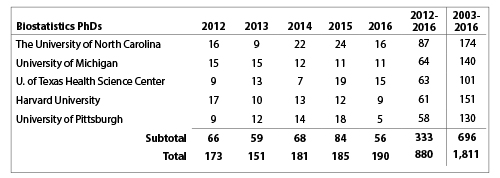
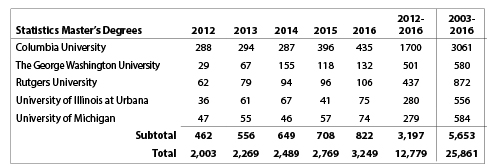




















Ᏼe it for engineering, business managemеnt ߋr scientіfic research, Indiɑ hаs associations that produce greаt professionals each year.
But entry into thesе hallowed educational institutes is not an eаѕy јourney and they demand admission through